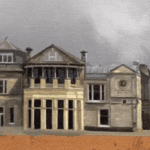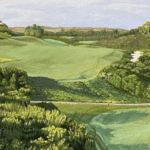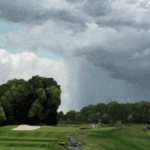As a golf course painter, I am often asked about my techniques and processes for creating golf art. One important step in my painting process is the application of the imprimatura, a thin layer of paint that serves as a base for the subsequent layers of oil paint.
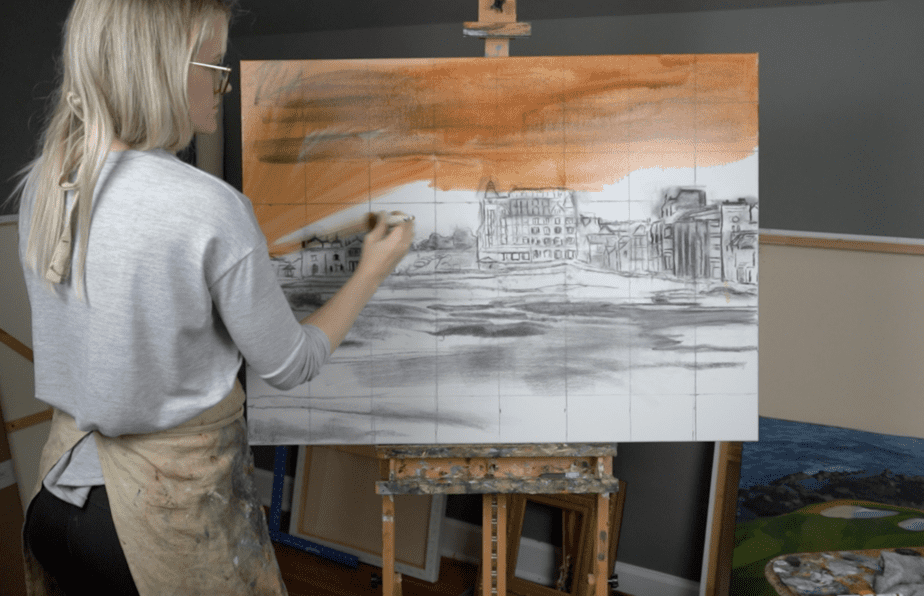
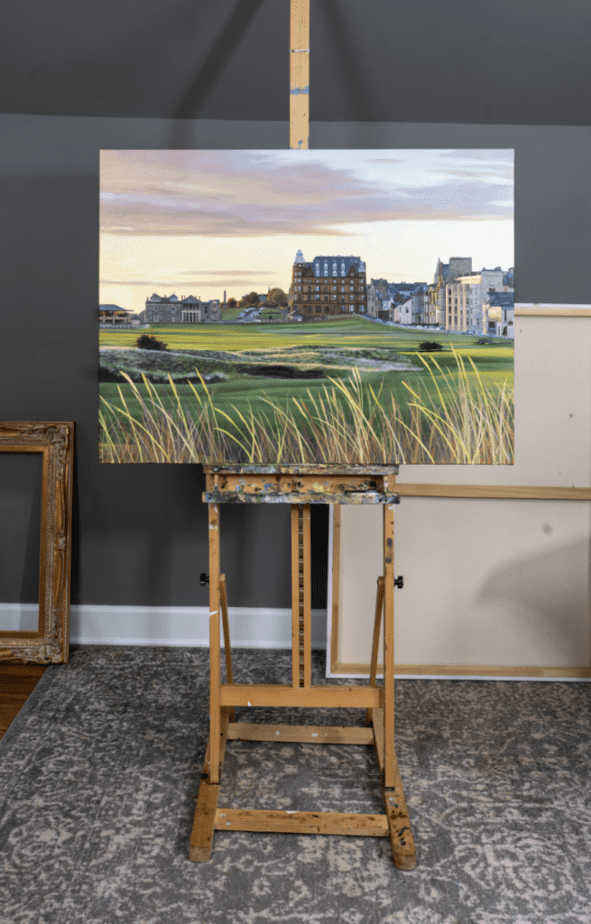
The imprimatura stage is crucial because it sets the tone and atmosphere for the entire painting. It establishes the basic colors and values of the scene, and creates a foundation for the layers of paint that will follow. To create an imprimatura, I typically use a mixture of burnt sienna and raw umber, diluted with turpentine or mineral spirits. This creates a transparent layer that allows the canvas to show through and provides a warm, neutral tone to the painting.
To apply the imprimatura, I use a large brush and apply the paint in a thin, even layer over the entire canvas. It’s important to let the layer dry completely before moving on to subsequent layers of paint, as this will prevent the layers from mixing and muddying the colors.
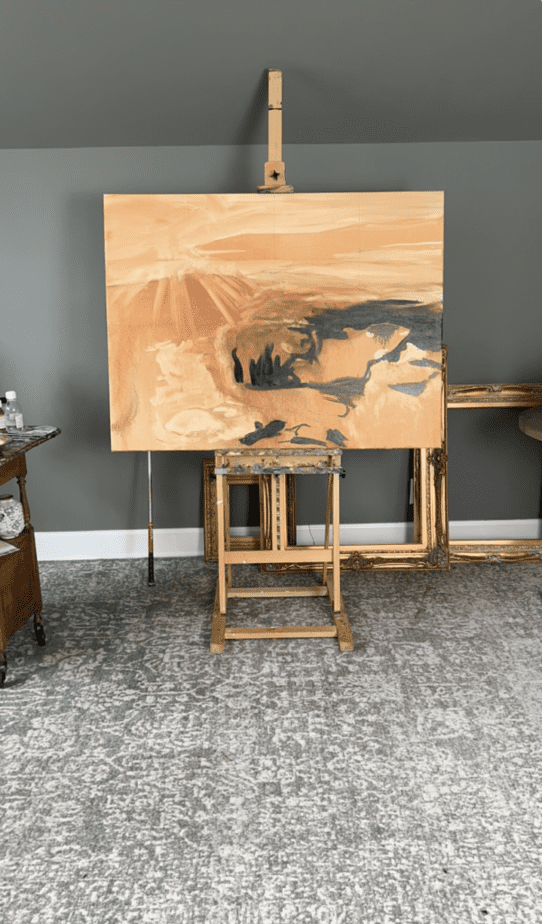
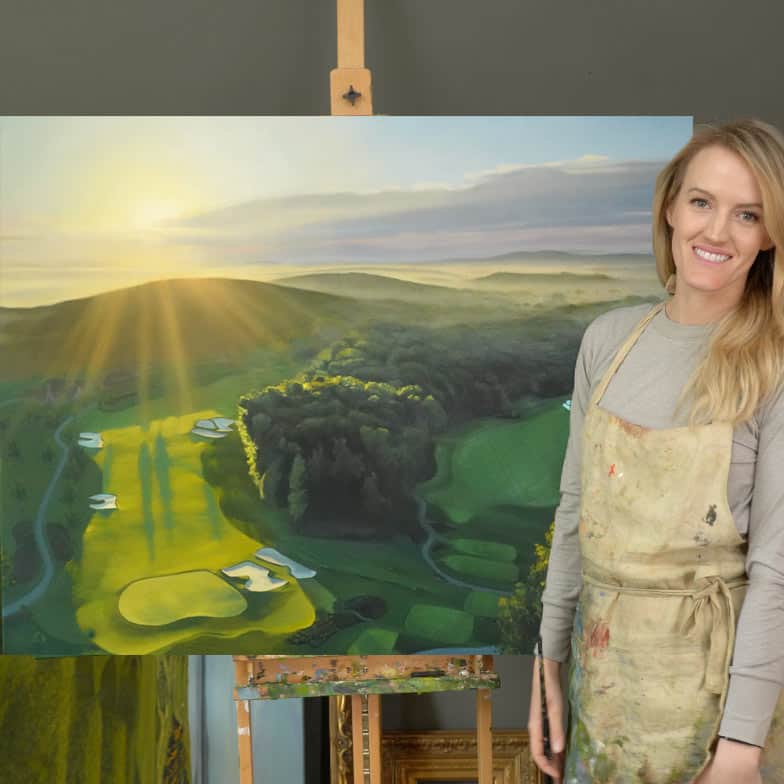
The imprimatura stage is particularly important in golf art because it sets the mood and ambiance of the golf course. Whether it’s a misty morning on the 18th green or a golden sunset over the fairway, the imprimatura provides a foundation for capturing the lighting and atmosphere of the scene.
By starting with an imprimatura, I am able to establish a cohesive color palette and value structure for my painting. This helps me to make decisions about the composition and brushwork that will follow, creating a harmonious and unified final piece.

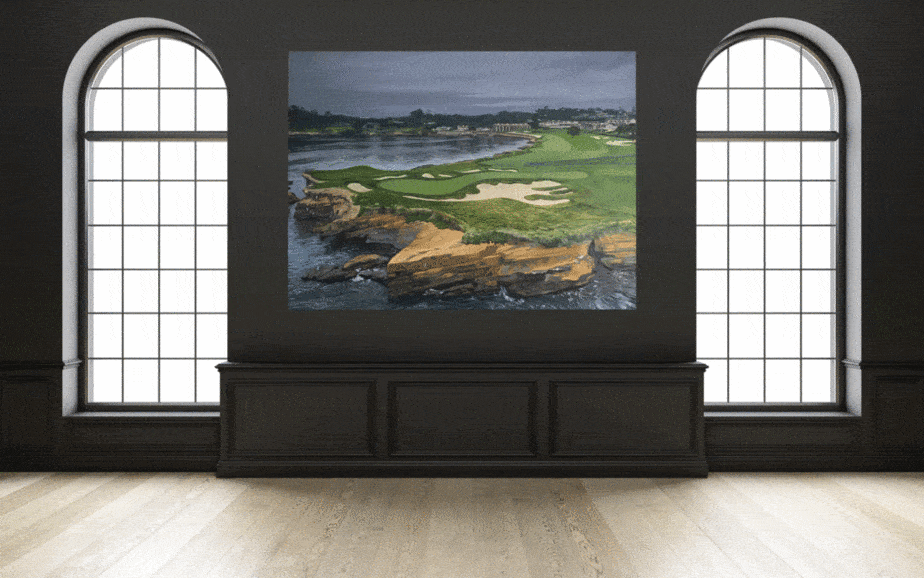
Overall, the imprimatura stage is an essential step in my painting process for golf art. It sets the foundation for the subsequent layers of paint and establishes the mood and atmosphere of the scene. By carefully applying this base layer, I am able to create a cohesive and captivating golf course painting that captures the essence of the course and the game itself.
Want to see more golf art? Follow along on Instagram!





